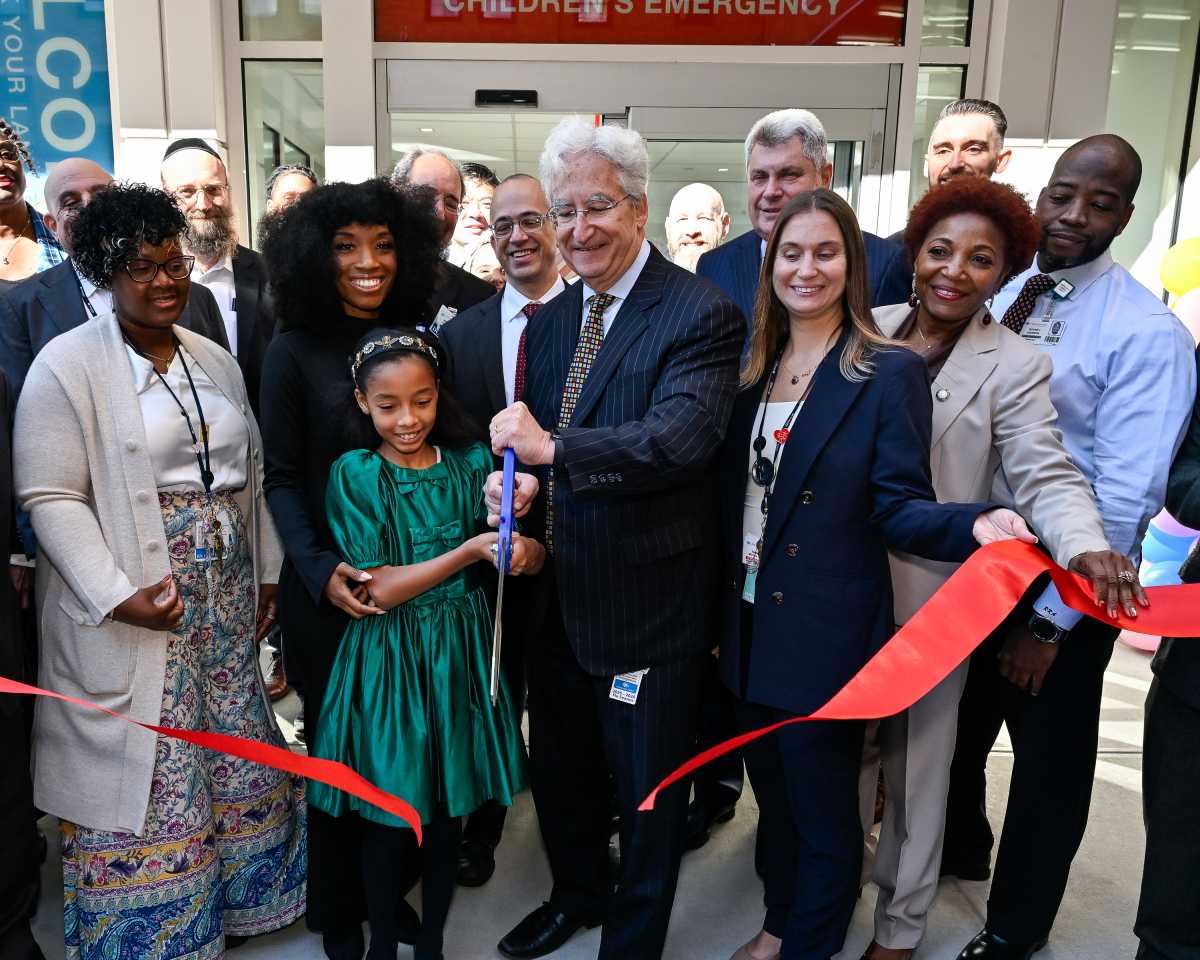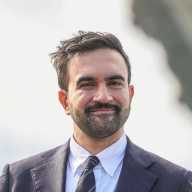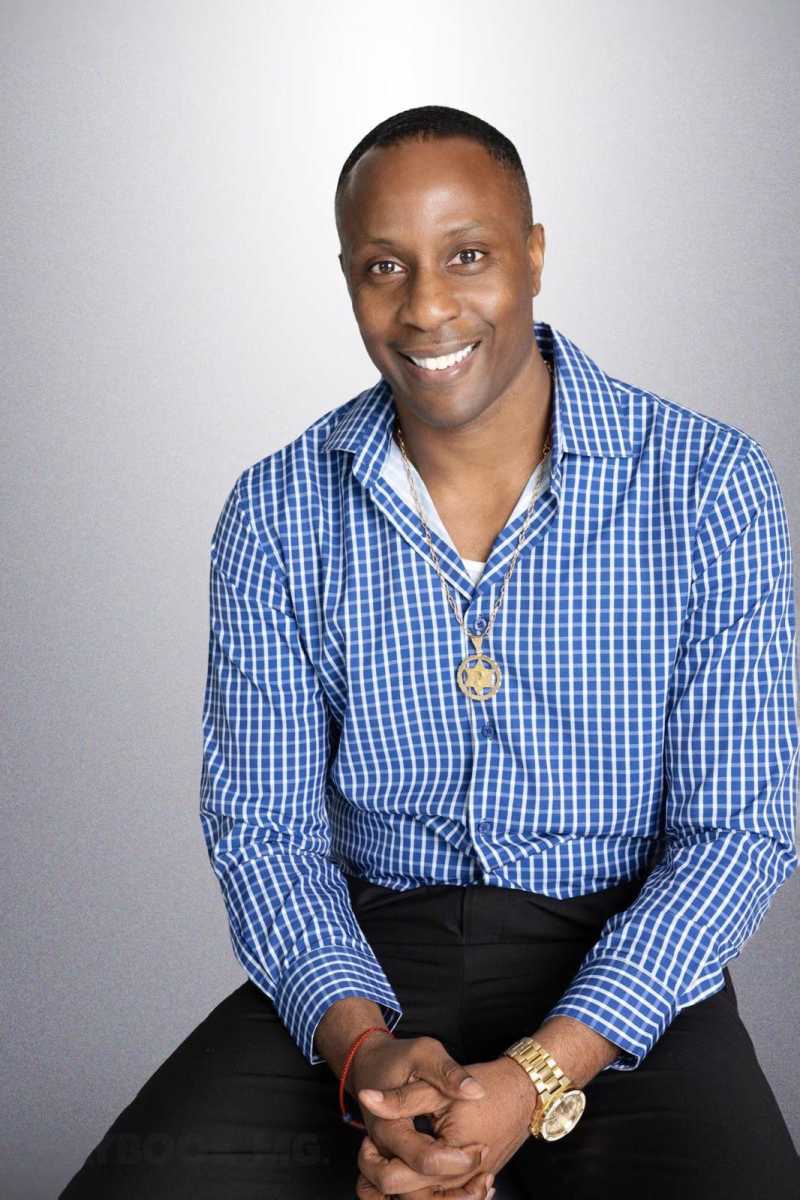Do you have a digital record of your teeth? If you don’t, one day you likely will.
The use of CAD/CAM (computer-aided design and computer-aided manufacturing) is making advances into oral care, particularly in restorative dentistry.
Dr. Jonathan L. Ferencz, a specialist in prosthodontics, has been using digital tools for the past three years at his private practice in midtown. He recently started taking digital scans of all his patients’ teeth for their file, whether or not they need dental prostheses like crowns or bridges.
“This is an incredibly disruptive technology breakthrough,” said Ferencz, who is a member of the International Academy for Digital Dental Medicine. “This is a real game changer in restorative dentistry and also a game changer in diagnostics and patient education.”
Most dentist offices don’t have digital scanners. A restorative procedure like a crown would require getting an impression of the mouth using polyvinyl siloxane and several visits by the patient for the impression and fitting.
“We have patients who know they need certain treatments but they defer it because they can’t stand the impressions,” Ferencz said.
A 3-D scanner, however, can get a model of the mouth with the wave of a wand in just a few minutes, and is more precise than traditional impressions, said Ferencz, who is widely recognized as a pioneer in digital dentistry. His office is even equipped to make crowns in-house using a 3-D printer, too, though most dentists would send the digital scans to a lab to manufacture them.
Beyond crowns, this technology can be used for temporary bridges, implants, dentures, orthodontics and more.
“The applications are expanding all the time,” said Ferencz, who has two 3-D intraoral scanners in his office, made by the award-winning Denmark-based dental imaging company 3Shape.
Having a digital scan on file can also help doctors keep track if a patient’s gums are receding, teeth shifting and, with a color scanner, if they’re changing color.
“We want to have a record of what your teeth look like on a given day,” Ferencz said. “This technology leads to a better quality practice.”
About 10% of dentists in New York City use CAD/CAM, according to Ferencz’s office. According to a 2015 survey by 3Shape, 39% of all dental practices are considering buying a digital impression system within the next three years. Recognizing its growing use, the American Dental Association published its first-ever dental CAD/CAM standards last fall, providing guidelines for dentists using CAD/CAM products.
Dentistry education may also require students to learn CAD/CAM. Ferencz, a past president of the American College of Prosthodontics, is part of a team working to update dental school education standards to mandate the study of digital dentistry.
“This will change how dentists work,” said Eskild Hansen, the chief designer for 3Shape. “Now it’s really ready for the mass market.”
EXPERT TIP
How to find a new dentist
“Most people ask friends,” says Dr. Jonathan Ferencz. “‘So and so is great, so and so is nice,’ or ‘He treats the stars.’ But I would find one medical professional you really trust and I would use that person to be the link.”




































